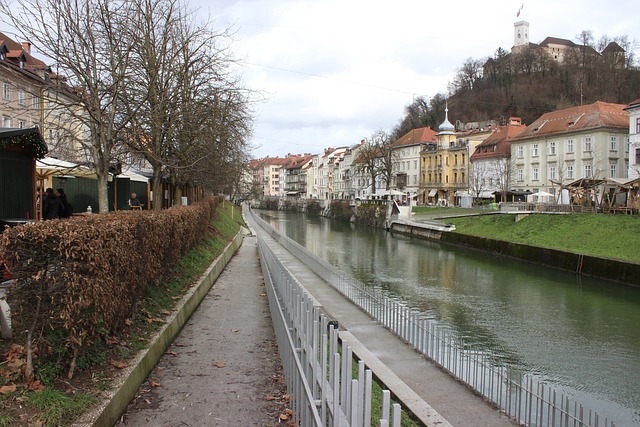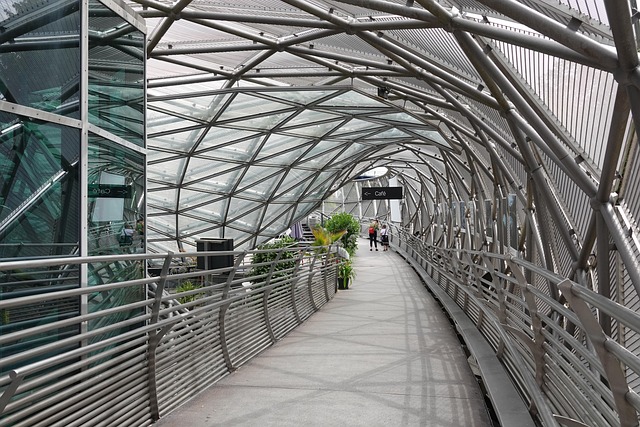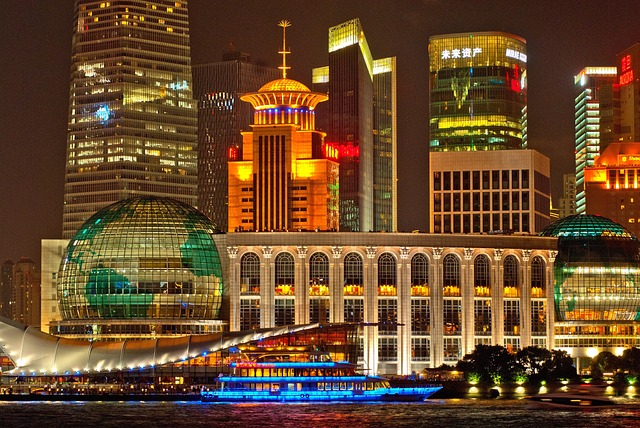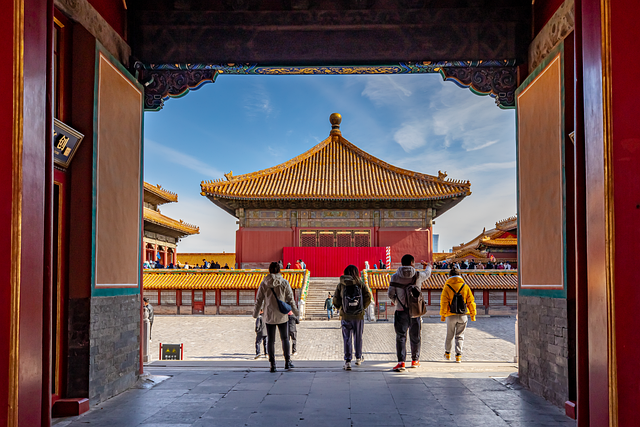In Karachi's Saddar Town, understanding and adhering to strict construction bylaws is key to preserving the area's unique character and rich cultural tapestry amidst rapid urban growth. These regulations, evolved from colonial times to modern standards, cover safety, aesthetics, zoning, noise control, energy efficiency, and accessibility. By tackling challenges like lack of codes, corruption, and bureaucracy, Karachi can streamline construction, ensure compliance with environmental standards, and promote sustainable practices through digital solutions and green initiatives for a livable and vibrant future.
“Explore the intricate world of construction bylaws in Saddar Town, Karachi, a topic of growing importance in the dynamic urban landscape. This article delves into the historical evolution of building regulations in the region, analyzing key provisions and their profound effects on Karachi’s development. We examine challenges faced, explore reforms, and offer insights into future prospects for construction laws, providing a comprehensive guide to understanding this vital aspect of the city’s growth.”
- Understanding Construction Bylaws in Saddar Town, Karachi
- Historical Context and Evolution of Building Regulations
- Key Provisions and Their Impact on Urban Development
- Challenges, Reforms, and Future Prospects for Construction Laws
Understanding Construction Bylaws in Saddar Town, Karachi

In the vibrant and bustling city of Karachi, understanding construction bylaws is paramount for anyone involved in building or renovating properties within Saddar Town. These regulations are designed to ensure that all development aligns with the city’s aesthetic, safety, and structural standards. By adhering to these bylaws, residents and developers contribute to preserving the unique character of this historic neighborhood.
Saddar Town, known for its rich cultural tapestry, faces challenges common to rapidly growing urban areas. Construction bylaws in Karachi aim to mitigate issues like excessive noise, dust, and disruption to neighbors. They dictate building heights, set back requirements, and impose restrictions on certain types of construction to maintain the harmony and livability of the area. Knowing and respecting these rules is crucial for a smooth construction process and ensuring that the beauty and serenity of Saddar Town remain intact for years to come.
Historical Context and Evolution of Building Regulations

In the historical context of Karachi, the evolution of building regulations mirrors the city’s growth and transformation over time. As one of Pakistan’s oldest urban centers, Saddar Town has witnessed significant changes in construction bylaws since its inception. Early laws focused on basic safety measures and infrastructure development, ensuring that buildings were constructed to withstand natural calamities common in the region. Over the years, these regulations evolved to incorporate aesthetics, zoning, and environmental considerations, reflecting Karachi’s transition from a colonial trading post to a modern metropolis.
The evolution has been driven by various factors, including urbanization, population growth, and changing architectural trends. Key milestones include the introduction of comprehensive zoning plans in the 1970s, which aimed to manage land use efficiently and promote balanced development. Subsequent updates have addressed contemporary challenges such as noise pollution, energy efficiency, and accessibility, ensuring that construction in Saddar Town aligns with global standards while preserving its unique architectural identity within Karachi’s diverse urban landscape.
Key Provisions and Their Impact on Urban Development

In the bustling metropolis of Karachi, construction bylaws play a pivotal role in shaping the city’s urban development. The key provisions of these bylaws are designed to ensure sustainable growth and maintain the aesthetic and functional integrity of Saddar Town, one of the city’s most vibrant areas. These regulations cover critical aspects such as zoning, building height limits, set-back requirements, and environmental considerations.
By strictly adhering to these provisions, Karachi aims to preserve its unique character while facilitating orderly development. For instance, the bylaws mandate specific setbacks from roads and water bodies, promoting a balanced mix of residential, commercial, and open spaces. This not only enhances the quality of life for residents but also ensures that the area’s historic charm remains intact. The impact is palpable; new constructions complement the existing landscape, making Saddar Town a vibrant tapestry of modern architecture and heritage sites.
Challenges, Reforms, and Future Prospects for Construction Laws

The construction landscape in Saddar Town, Karachi, faces several challenges that require urgent attention through effective and efficient legal frameworks. One primary issue is the lack of standardized building codes, leading to unregulated development and safety hazards. This problem is exacerbated by corruption and bureaucratic delays, making it difficult for developers to adhere to existing bylaws, which often vary across different zones. The result is a chaotic urban environment with poorly designed structures that compromise both aesthetics and structural integrity.
Reforms are necessary to streamline the construction process, ensuring compliance with environmental standards, fire safety regulations, and accessibility requirements. Implementing digital platforms for permit applications and transparent systems for dispute resolution can significantly enhance accountability. Moving forward, Karachi’s construction laws should focus on sustainable building practices, incorporating green initiatives to mitigate the city’s carbon footprint. By fostering collaboration between stakeholders—including developers, architects, and local authorities—the future of Saddar Town can be shaped with modern, safe, and environmentally conscious infrastructure.
The construction bylaws of Saddar Town, Karachi, have undergone a significant evolution, reflecting the city’s dynamic nature. From historical contexts, these regulations have adapted to address challenges and foster urban development. Key provisions have not only shaped the physical landscape of Karachi but also influenced its economic growth. Moving forward, addressing reform and implementing modern practices will be crucial for maintaining Saddar Town’s vibrancy and ensuring sustainable development. By learning from past experiences, Karachi can continue to navigate its construction laws effectively, creating a thriving urban environment.
